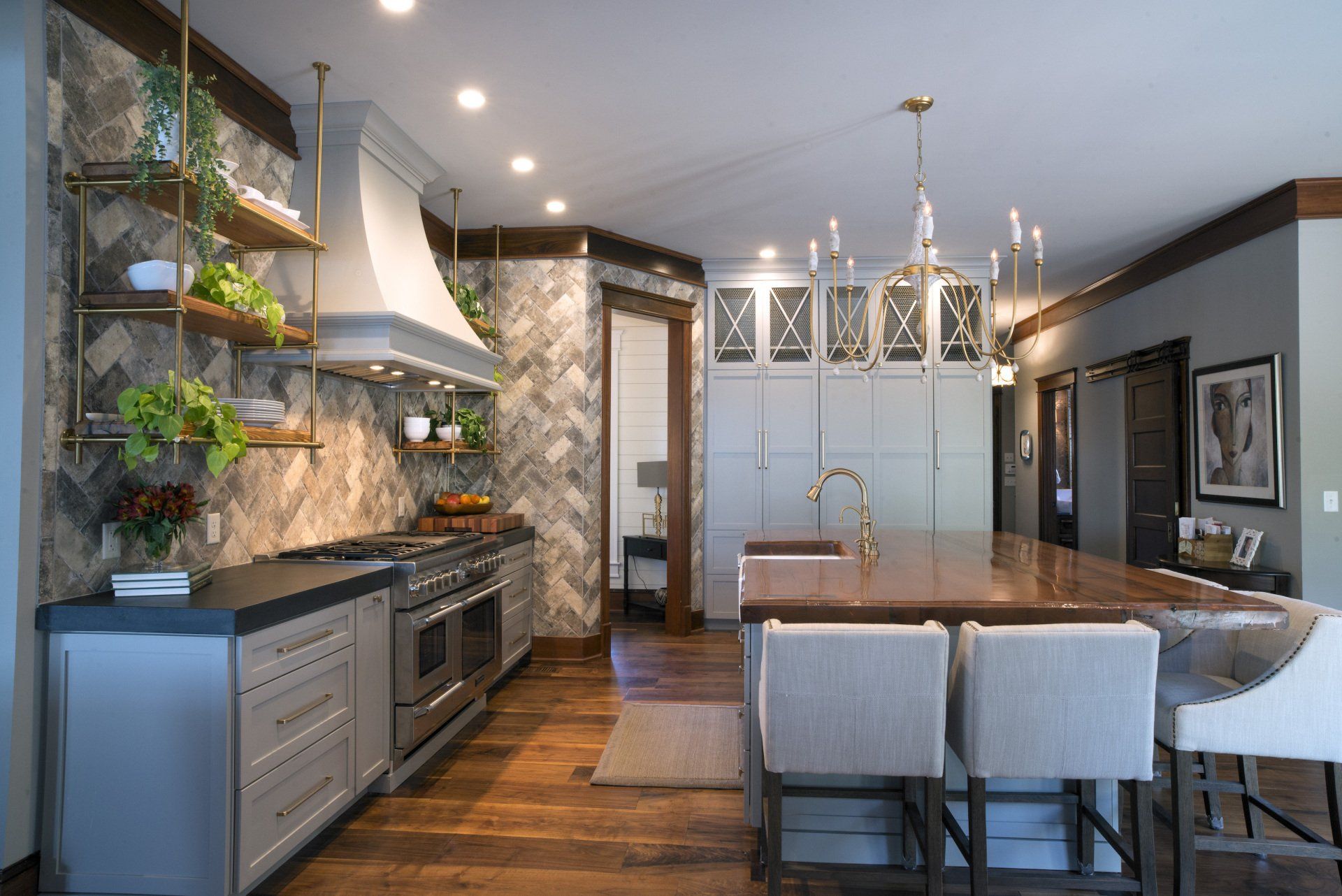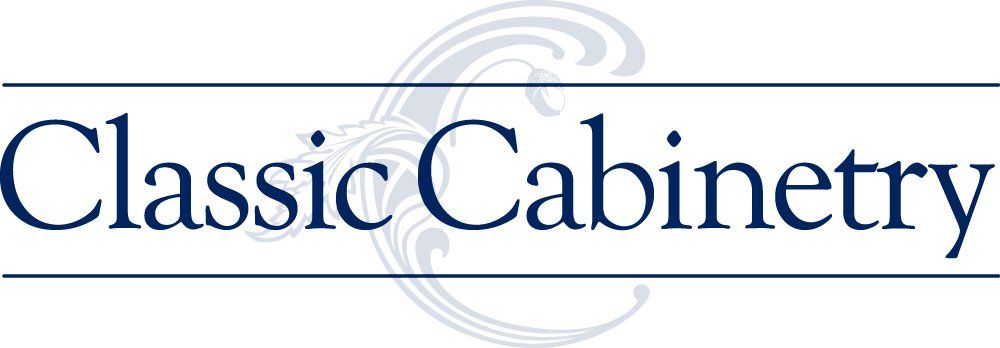When it comes to creating a dream kitchen, one of the most significant decisions homeowners in Chattanooga make is choosing the color of their kitchen cabinets. While it's tempting to opt for trendy hues, we often recommend selecting a color that has long-term, lasting value.
White Cabinets
There’s a reason that more than 50% of homeowners in Chattanooga choose white cabinets. They create a timeless sense of cleanliness, brightness, and spaciousness. Whether you have a modern or traditional kitchen, white cabinets provide a blank canvas, allowing you to experiment with various accent colors and styles. They also make your kitchen appear larger, making it a smart choice for both small and large spaces.
Gray Tones
Shades of gray, from light and airy to deep and dramatic, provide a neutral yet sophisticated backdrop. Gray pairs well with a wide range of countertop materials and can adapt to various design styles, including contemporary, industrial, and farmhouse. The subtlety of gray cabinets ensures they remain stylish for years to come.
Navy Blue Cabinets
Navy blue cabinets add a touch of sophistication and depth to your kitchen. This rich and versatile color can be used as a primary cabinet color or as an accent in an island or pantry. Navy blue cabinets work exceptionally well in coastal, nautical, and traditional kitchen designs. Their timeless appeal is undeniable, making them a smart choice for homeowners who want a dash of color without sacrificing longevity.
Black Cabinets
Black cabinets enable homeowners in Chattanooga to make a bold statement in their homes. With the right design, black cabinets exude a sense of luxury and timeless elegance. Black pairs beautifully with a variety of materials, such as marble, brass and wood, creating a high-contrast, visually striking kitchen. While not everyone may be ready to commit to all-black cabinets, integrating them as accents or in combination with other colors can create a chic, timeless look.
Natural Wood Tones
Natural wood cabinets, whether light oak or deep mahogany, have been a staple in kitchen design for centuries. The warmth and texture of wood provide a timeless appeal that complements a range of styles, from rustic and farmhouse to mid-century modern. These cabinets can be left natural or stained, ensuring that they fit seamlessly with your kitchen's overall aesthetic.
Soft and Subdued Pastels
Pastel cabinet colors such as soft mint, pale blue, and light blush can add a touch of whimsy and charm to your kitchen. They work beautifully in cottage-style and shabby chic kitchens, but their muted tones also make them surprisingly adaptable to more contemporary settings. Pastels offer a unique blend of timelessness and character that can elevate your kitchen's design.
What color cabinet will withstand the test of time in your new dream kitchen? Give us a call at 423-266-0077 or make an appointment to visit our showroom either in person at 2601 Broad St. and let us help you select a timeless cabinet color that will always be in vogue, ensuring that your new dream kitchen remains the heart of your home for generations.






